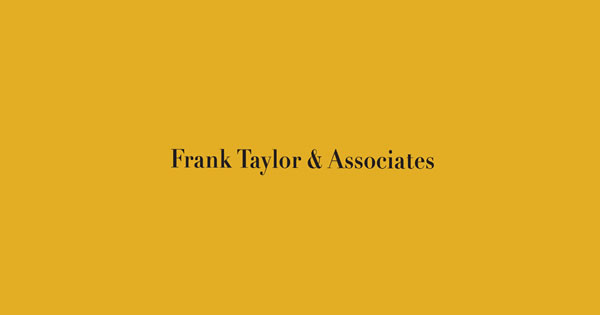Whilst the spectre of further lockdowns and rising case numbers mean we can’t be complacent, the gradual arrival of ‘new normal’, if not a return to the old one, means that many industries are starting to both look forward with more confidence and look back on a turbulent last 18 to 24 months with some perspective. Andy Acton of Frank Taylor & Associates gives his views on how the dental industry managed and how the future looks.
“There’s no doubt it’s been eventful”, reflects Andy, “at the start of the pandemic confidence was severely hit; many thought the government hadn’t provided adequate support or communication for the industry, and to be honest, were hugely frustrated. Even now, we haven’t returned to a pre pandemic modus operandi as there is a need for fallow time between treatments and increased PPE. Not surprisingly as the industry has operated below 100% capacity for so long, there is pent-up demand, particularly for cosmetic treatments. More generally the challenges of the last couple of years have shown both how resilient and how entrepreneurial the industry is, whether it is through managing costs more aggressively or taking innovative approaches in areas like marketing to keep itself current.”
Turning to look at what the future may look like, Andy goes on to say the general impression is one of cautious optimism. “There are certainly areas of concern, and upcoming challenges, but equally there is plenty to be excited about. The industry has amply demonstrated its resilience and adaptability over recent months, so I do feel there is every reason to be optimistic about the future.”
“The Lloyds Bank Healthcare Confidence Index Survey revealed 75% of dentists think NHS services to patients will deteriorate over the next three to five years. This almost certainly reflects the huge cost of the pandemic and the upcoming NHS contract review. On this latter point, just over half of those surveyed (51%) expected the review to have a detrimental impact on practice profitability. If we look at patient care, only around one in eight think the reforms will mean improvements in patient care. All of this points to a high level of uncertainty in the industry and the need for the Department of Health to listen to dentists’ concerns,” continues Andy.
There is, however, plenty to feel optimistic about, says Andy reassuringly. “The industry is highly resilient and adaptable and what is equally encouraging is the level of planning undertaken by many dentists. Nearly three quarters (72%) of practices have a payment plan in place, or at the very least have taken steps to introduce one, which, of course, will help support cash flow. Many have taken the opportunity to think about succession planning and the longer-term too, with 45% targeting a sale to an associate in order to have some continuity of care and a smooth transition of ownership. Of course, it’s still important that any sale achieves a competitive market price, so a comprehensive sale process should be undertaken. It is also encouraging, but not surprising, that sustainability is high on many agendas, 74% of respondents saying it is a significant part of their decision-making process. In all, the survey shows that the industry is well positioned for recovery and is addressing the right questions, for both short and long term growth and stability, and is prioritising appropriately. 2022? Bring it on!”
















